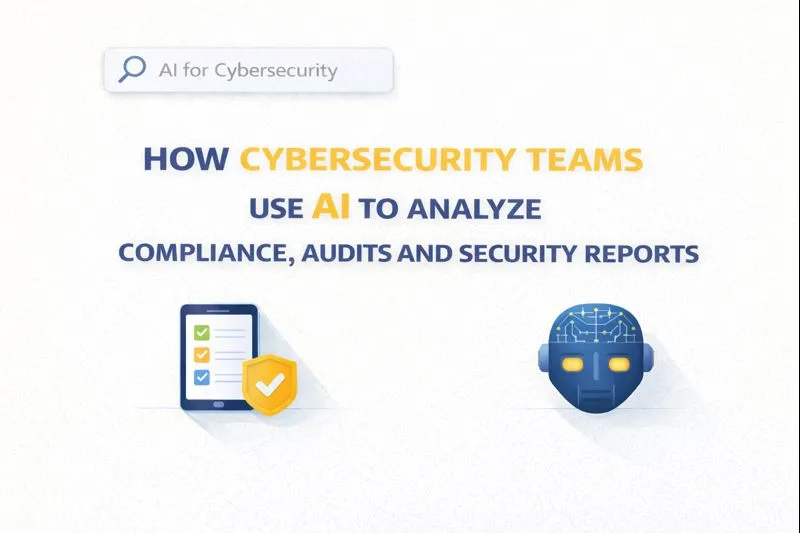Defining Growth Hacking in the Context of Product Management
TL;DR
Introduction: Bridging the Gap Between Growth Hacking and Product Management
Growth hacking and product management – are they, like, totally different? Or secret besties? Turns out, it's more the latter. They actually work together to create a powerful synergy, focusing on user acquisition, activation, retention, and ultimately, sustainable growth. This partnership isn't just about shipping features; it's about deeply understanding user behavior and leveraging that knowledge to drive measurable improvements across the entire product lifecycle.
- Product managers are now growth drivers. (The Increased Demand for Product Managers) Think about it: their decisions directly impact user adoption. (How to create an effective user adoption strategy in 3 steps)
- Data rules everything around me. (d.r.e.a.m., get the money!) PM's gotta be all about the metrics. (Things you wish you'd have learned earlier about Product Metrics)
- We're gonna see how growth hacking and product management mix it up to make magic happen, by focusing on iterative experimentation and data-driven insights to unlock new avenues for growth.
Let's dive in and see why this matters right now.
What Exactly IS Growth Hacking? (and What It Isn't)
Okay, so growth hacking... it's not just some buzzword that's gonna fade away, right? It's more than just a marketing trick; it's a whole mindset.
- It ain't just marketing, see, 'cause it needs everyone. Like, the engineers, the product folks, all hands on deck!
- It's about building something that keeps growing. Sustainable, you know? Not just finding some quick shortcut to millions of users.
- And listen up, if your product sucks, growth hacking ain't gonna save it. It's gotta be a good product first!
Think of it like this: according to Brett Rowberry's insights on project management, you can't just throw resources at a bad product and expect it to magically grow Hacking the Project Management Triangle. This concept of balancing scope, time, and resources is crucial for growth hacking too; you need to be smart about where you invest your efforts to maximize growth impact.
So, what's next? Let's dive into the core principles, yeah?
The Product Manager as a Growth Hacker: A Mindset Shift
So, picture this: a product manager who also thinks like a growth hacker. It's not just about shipping features; it's about, like, making sure people actually use them, right? This shift means moving from a purely feature-centric approach to one that prioritizes user engagement and scalable growth.
It's a mindset shift, and here's what that looks like:
- From Feature-Driven to Growth-Driven: Instead of just churning out features, you're thinking, "Okay, how does this make our numbers go up?" For example, maybe a healthcare company uses api integrations to improve patient communication, not just 'cause it's cool tech, but because better communication reduces missed appointments, directly impacting patient retention and operational efficiency.
- Experiments over Assumptions: Never just assume something will work. test it! A/B test everything. Like, a retail app might test different checkout flows to see which one gets more sales, aiming to increase conversion rates and reduce cart abandonment.
- Failure = Learning: Not every experiment will be a winner, and that's okay. It's about learning what doesn't work. Maybe a finance app tried a new onboarding flow, but it made drop-off rates worse. Now they know!
It's all about being data-driven and constantly iterating.
Next up, let's talk about the specific skills you need to pull this off, yeah?
Integrating Growth Hacking into the Product Development Lifecycle
Alright, so you've got this awesome product. Now what? You need to make sure it stays awesome, right? Integrating growth hacking into the product development lifecycle is how you do that, ensuring that growth is considered at every stage.
- Acquisition: Think about how folks find you. A healthcare provider could optimize their online booking flow for new patients, making it super easy to schedule that first appointment.
- Activation: That "aha!" moment? Make it count! A fintech app, for instance, might offer personalized onboarding tips based on a user's financial goals, guiding them towards discovering the core value of the product.
- Retention: Don't let users bounce after one use. A retail app could send out personalized offers based on past purchases.
So, next up, let's dive into the acquisition phase, yeah?
Growth Hacking for B2B SaaS: Specific Strategies
Okay, so you're tryna boost your b2b saas, huh? it's not just about getting any leads; it's about getting the right leads. Let's get into some specific strategies that can help ya out. After generating leads, it's also crucial to nurture them effectively to drive conversions.
- Content upgrades and gated content: Basically, you give away some awesome free stuff, but only if they give you their email. A marketing automation platform, for example, could offer a free ebook on "10 email marketing hacks" in exchange for an email address--smart, right?
- Webinars and online events: These are like, the new conferences. Get some experts together, talk about something cool, and boom, you got leads. a cybersecurity firm could host a webinar on "protecting your business from ransomware" and get prospects interested in their services.
- Targeted advertising campaigns: Don't just throw ads at everyone; be specific! a financial software company, for instance, might target ads on linkedin to ceos of companies with over 500 employees.
Alright, so that's lead generation 101. Next up? We're gonna tackle Account-Based Marketing (abm) strategies.
Cybersecurity Growth Hacks: A Niche Perspective
So, you think cybersecurity is just about firewalls and stuff? Nah, it can be a growth engine too! Let's see how.
- Highlight security features: Don't hide 'em! Make sure everyone knows how secure you are. A fintech app could shout about their encryption, building trust right from the get-go, which directly leads to higher user acquisition and retention.
- Transparency builds trust: Nobody likes secrets, especially when their data's involved. Share your security practices, get certified; show you're serious. This transparency fosters customer loyalty and reduces churn.
- Educate your users: Turn 'em into security allies! A healthcare platform could offer tips on spotting phishing scams, improving overall security for everyone.
And hey, security awareness doesn't have to be boring...
- Gamify security training: Make it fun! Points, badges, the whole shebang.
- Phishing simulations: Trick your employees (ethically, of course) to teach them what to watch out for. It's like a real-world test, but without the consequences.
- Incentivize secure behavior: Reward employees who report suspicious activity or complete training, because why not?
Next we're looking at how to use security awareness to boost growth.
Tools and Technologies for Growth Hacking Product Management
Wanna know a secret? The right tools can seriously level up your growth game. It's like having a super-powered sidekick for your product management, ya know?
- Data Analysis: Google Analytics? A must! Also, peep Mixpanel and Amplitude--they're awesome for diving deep into user behavior, helping you understand why users do what they do.
- a/b Testing: Don't just guess, test! Optimizely and vwo helps you see what actually works, allowing you to optimize user flows and features for better outcomes.
- Automation: HubSpot and Marketo? They'll keep your marketing humming, even while you're asleep, by automating repetitive tasks and nurturing leads.
Next, we'll dive into how to choose the right tools for your product.
Conclusion: The Future of Product Management is Growth
So, product management and growth hacking walk into a bar... Nah, they actually team up to redefine the future! It's all about iteration, experimentation, and making data-driven decisions.
- Embrace a growth-oriented mindset: Think beyond features! How does this drive user adoption?
- Integrate growth hacking: Don't bolt it on later. Bake it into your product development lifecycle.
- Experiment. Always: A/B test everything, from onboarding flows to pricing models. Learn from the fails, y'know?
The old ways? They just don't cut it anymore. The future? It's all about growth.







